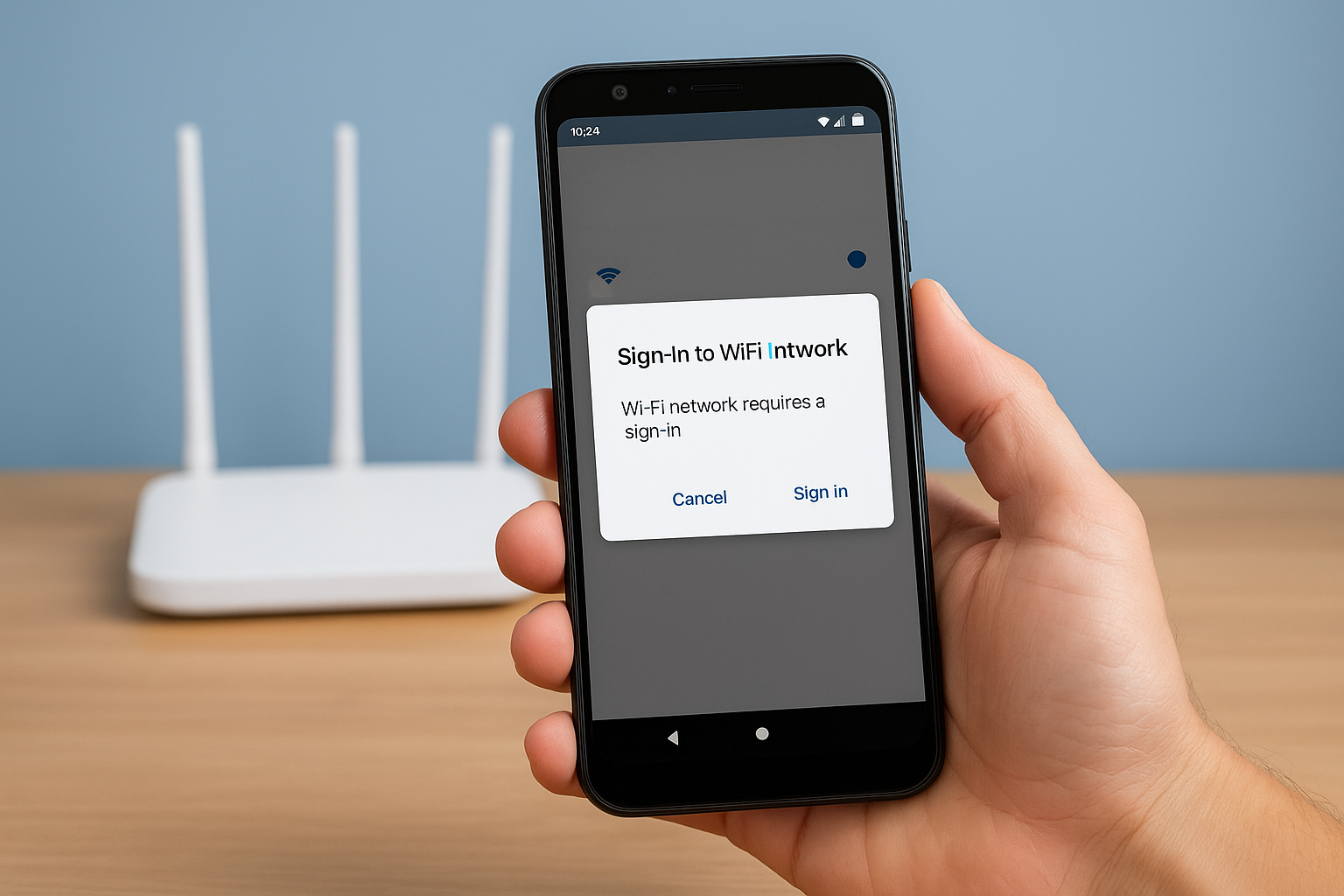DEALER
Is Your Dealer Legit? Here’s How to Find Out
When you’re planning to make a major purchase—whether it’s electronics, solar systems, telecommunications equipment, or...
Learn More

![]() October 10, 2025
October 10, 2025
Every business faces one unavoidable truth, growth brings complexity. One of the biggest challenges companies face as they scale is managing channel conflict between direct and dealer sales. Whether it’s a telecom provider, automotive brand, or consumer electronics company, balancing internal sales efforts with third-party dealers can make or break profitability.
So how can companies manage this balance effectively without alienating partners or losing customers? Let’s dive in.
Channel conflict happens when multiple sales channels — such as a brand’s direct sales team and its independent dealers — compete for the same customers. Imagine a telecom provider selling smartphones online while its local dealers are offering the same devices in stores but at different prices. The result? Confusion, frustration, and eroding trust across the sales ecosystem.
In essence, channel conflict arises when one sales path undermines another.
Occurs between different levels in the distribution channel — for example, a manufacturer competing directly with its dealers.
Happens among dealers or retailers operating at the same level who compete for similar customers in overlapping territories.
As businesses expand across online, retail, and wholesale channels, competition among these outlets increases, often creating internal tension.
In today’s digital landscape, brands rarely rely on a single channel. They sell online, through franchisees, and via direct representatives. This multichannel strategy boosts reach and customer convenience but also makes managing relationships trickier.
Digital transformation has blurred traditional lines. A customer might research a product on a dealer’s website but complete the purchase through the brand’s direct channel. This behavior can trigger commission disputes and confusion.
Direct sales give brands complete control over pricing, marketing, and customer experience. Companies gather real-time data, personalize offers, and ensure consistent messaging.
Dealers, however, bring local expertise, personal connections, and the ability to provide hands-on support. They help brands penetrate new markets faster, especially where brand recognition is still growing.
However, over-reliance on direct sales can strain dealer relationships if they feel undercut or ignored.
Working with dealers allows brands to reach markets that would otherwise be costly or logistically impossible to serve. Local dealers know customer pain points, community behavior, and regional trends offering an authenticity big corporations sometimes lack.
Dealers also strengthen brand visibility and build credibility through trusted local relationships, which is especially valuable in industries like telecom and retail.
To explore how dealers thrive, check out these insights on types of dealer programs and how they operate.
Most channel conflicts stem from a few recurring issues:
Channel conflict doesn’t just disrupt internal operations — it directly affects customer trust. Inconsistent pricing, poor service handoffs, and contradictory messaging can push customers toward competitors.
Moreover, when dealers feel unsupported or undercut, they may shift focus to rival brands offering better terms.
Businesses are increasingly adopting revenue-sharing models and joint incentive programs that encourage cooperation rather than competition. These ensure both direct teams and dealers benefit when the business grows.
Tools like Partner Relationship Management (PRM) software and Customer Relationship Management (CRM) systems can streamline sales alignment. These systems track leads, monitor performance, and maintain transparency between all stakeholders.
In the telecom sector, companies often rely heavily on authorized dealers to reach diverse customer bases. Yet, they maintain direct channels for online and corporate clients.
Balancing both models requires clear agreements and shared goals, as seen in authorized dealer programs that offer mutual incentives, co-marketing opportunities, and clear sales territories.
If you’re exploring opportunities in telecom, understanding how dealer programs function is crucial. For example, knowing about capital access and financing options helps you scale efficiently, learn more in this detailed guide on dealer financing and capital access.
You can also explore authorized dealer and franchise opportunities in telecom to discover growth paths for independent resellers and local entrepreneurs.
Managing direct vs. dealer sales isn’t about choosing one over the other; it’s about synergy. Brands that create transparent policies, share data, and align goals with their dealer networks are the ones that thrive long-term. In a world driven by customer trust and convenience, collaboration is the true competitive edge.

Smart Ways to Finance Your Startup (Without Losing Control)
Nov 7, 2025

How to Find Profitable Small Business Opportunities (Without Guesswork)
Nov 6, 2025

Before You Borrow: How to Pick a Trusted Online Lender
Nov 4, 2025

Why Does My Phone Keep Saying “Sign-In to WiFi Network”? (And How to Fix It)
Nov 3, 2025

Smart Ways to Improve Your Credit Score Across Any Credit-Monitoring Platform
Oct 31, 2025